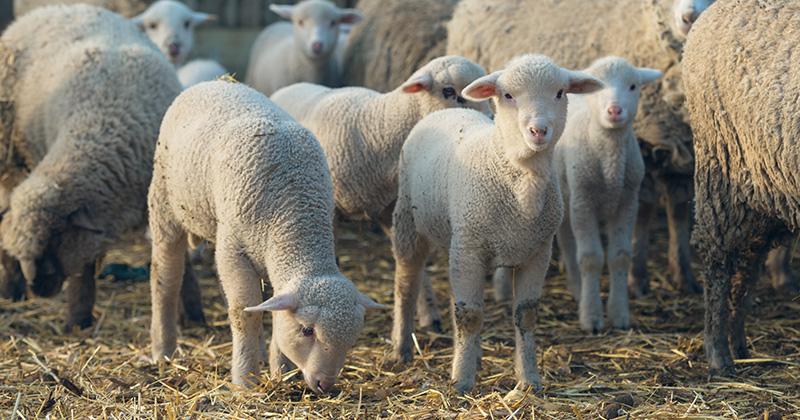Spring mutton dressed up as lamb

There has been plenty of commentary around the spring rally in mutton prices and last week we saw the unusually strong prices almost hit a record in Victoria. Sheep markets have rarely been stronger and normally it’s the price low that we see at this time of year. So should growers be selling ewes rather than lambs?

The credit for rising mutton prices has been squarely placed with Chinese demand. Increasing demand can be the only answer when we see price rises like the one shown in Figure 1. The 10% rise in the Victorian Mutton Indicator from the low has been accompanied by an 11% increase in slaughter. Rising supply and rising prices equals stronger demand.
The Victorian Mutton Indicator is 61% stronger than the same week last year. That is more easily explained by supply, with east coast sheep slaughter down 22.5% on September last year.
The relative price of mutton has also hit some milestones. The Victoria Mutton Indicator last week moved to just a 23% discount to the Eastern States Trade Lamb Indicator (ESTLI). Mutton hasn’t been this close to lamb since May 2018, although it was in October 2016.
Figure 2 shows the steady ESTLI and rising mutton price has the spread at levels well above the normal range for this time of year.
As we move towards the end of spring and paddock feed supplies start to dwindle, sheep producers will start looking at what to sell. We know that sheep and mutton both have further potential upside, but it looks like there might be more upside in lamb.
Lamb prices averaged 10% higher than current prices in May, June and July, while mutton values have rarely been higher. Cast for age ewes are very good selling at the moment, as are lambs, but there is likely more upside in young stock than old. This is especially the case for young female stock when the drought breaks.
What does this mean?
Strong mutton prices make selling decisions relatively easy this year. Older ewes might have another 5% upside in the meat market but lambs are more likely to rise, and will rise further. In order to conserve feed, any older ewes which are left can be cashed in, and efforts concentrated on finishing lambs or getting ewe lambs up for joining. Young ewes are going to be the real winners when it rains.


